
Provides software-defined networking, on-demand network configuration, custom subnet, IP address range, security group, router, public IP, etc

Builds an isolated network environment. Different networks can be logical two layer isolation, can also be physical isolation, and provides a perfect security group, network ACL, gateway firewall.

At the same time, it provides a unified software defined network for cloud hosts, containers, security containers, and bare metal computing resources, so that users can flexibly and uniformly plan the network.
SDN network service builds a secure and isolated virtual network environment for cloud hosts, containers, security containers, and bare metal computing resources, which can be configured and managed by users independently, improving the security of users 'cloud resources and simplifying users 'network deployment. Users can freely configure subnets, IP address segments, virtual network cards, security groups, network ACLs, gateway firewalls and other services in the network, and can also support the deployment of user business systems by collocating routers and public IP addresses.
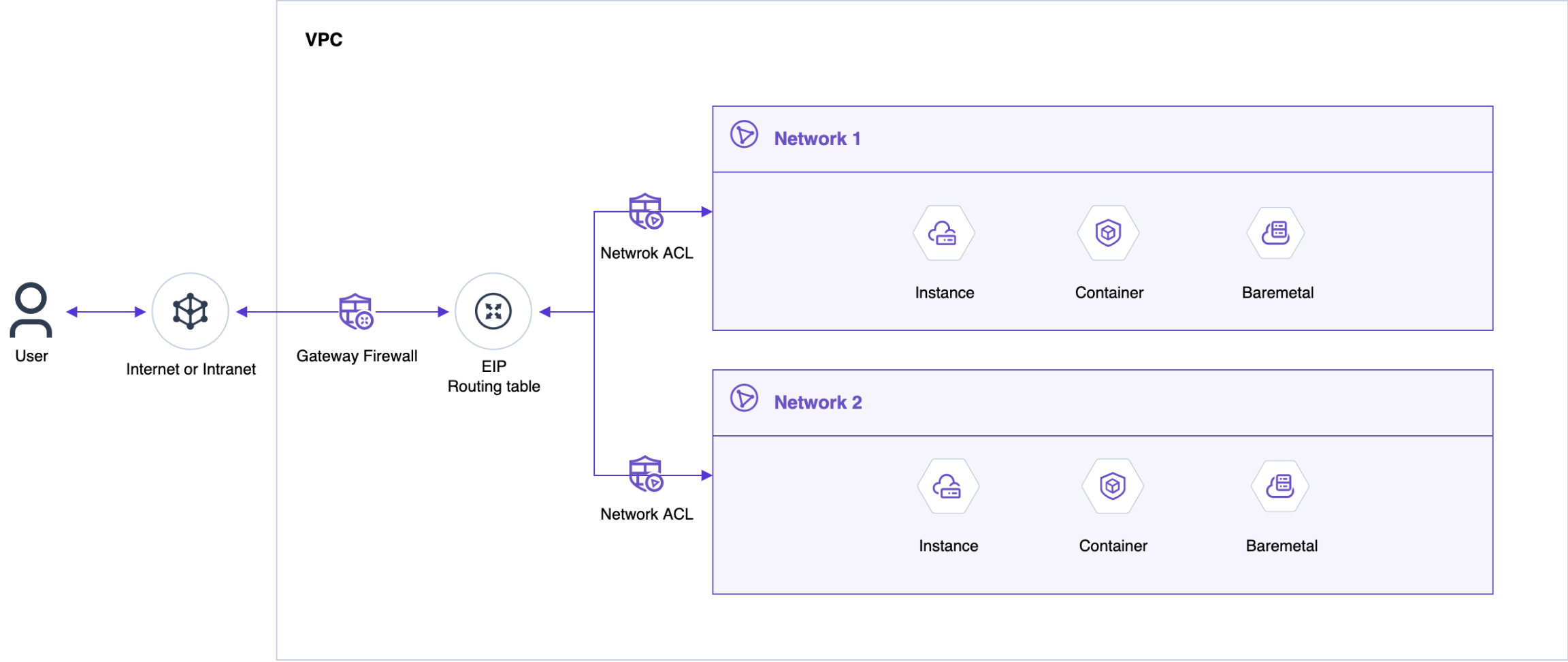

An isolated network environment is constructed based on EasyStack, different networks ensure logical isolation, and perfect security groups, network ACL and gateway firewalls are provided. It supports multiple network availability zones to build highly reliable network services.

Supports software-defined networking, on-demand network configuration, custom subnet, IP address range, security group, router, public IP, etc.

The network nodes provide performance optimized kernel-mode network or high-performance DPDK user-mode network to vertically improve the performance of network nodes. At the same time, the performance is improved horizontally by deploying multiple live network nodes.

Supports a set of platform, unified architecture, IPv4 and IPv6 dual stack, reduce the complexity and application cost.

On the basis of security isolation, it supports customers to flexibly configure the interconnection between networks, including between internal and external networks, and between private networks.

Supports cloud host, container, security container, bare metal common network planning, interconnection.
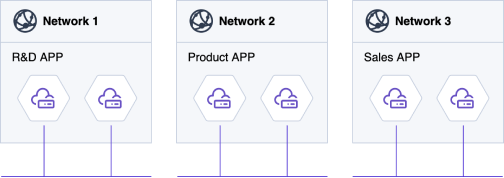
Government and enterprise IT deployment architecture, for security reasons, usually require internal network isolation according to the type of IT business, such as research and development system deployed in network 1, product system deployed in network 2, sales system deployed in network 3. EasyStack SDN network service can flexibly configure different networks according to internal business types, and logically isolate the networks.
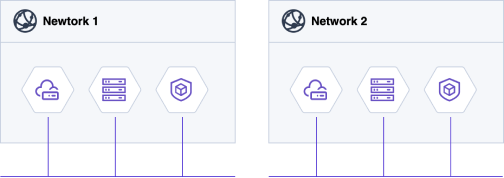
EasyStack network service supports cloud hosts, containers and bare metal sharing network planning and unified management to realize the interconnection of cloud hosts, containers and bare metal.

Enterprise users have the need for physical isolation of business networks in a cloud according to regulatory or business requirements. They can physically isolate business networks through isolation zones. Each isolation zone has its own network, subnet, router, public IP, load balance, etc.
Some business systems of enterprise users have strict requirements on network performance and are very sensitive to network quality. They can be divided into separate physical production networks, which completely solves the problems of bandwidth contention and resource occupation.
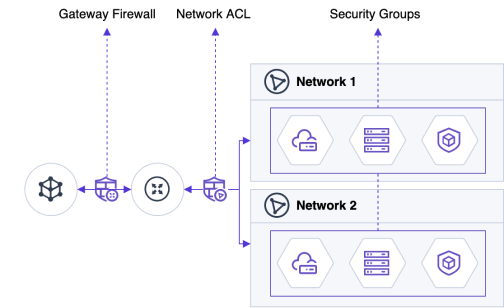
Network security is very important for enterprise users. EasyStack network service provides a variety of network access control policies, including cloud host, bare metal, container level security group policy, subnet level network ACL policy and router north exit level gateway firewall policy. Three levels of security access policies meet users' needs for different security levels.
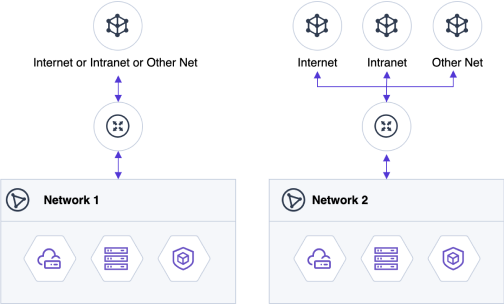
Enterprise users generally have public network, office network, private network and other networks. For the computing resources on the cloud platform, there will be a variety of network access requirements, such as allowing some cloud hosts to access only one of the public network, office network, private network, and then allowing some cloud hosts to access two or three kinds of networks at the same time. On-demand external network access can be easily achieved through the multiple external networks provided by the cloud platform and the router function.